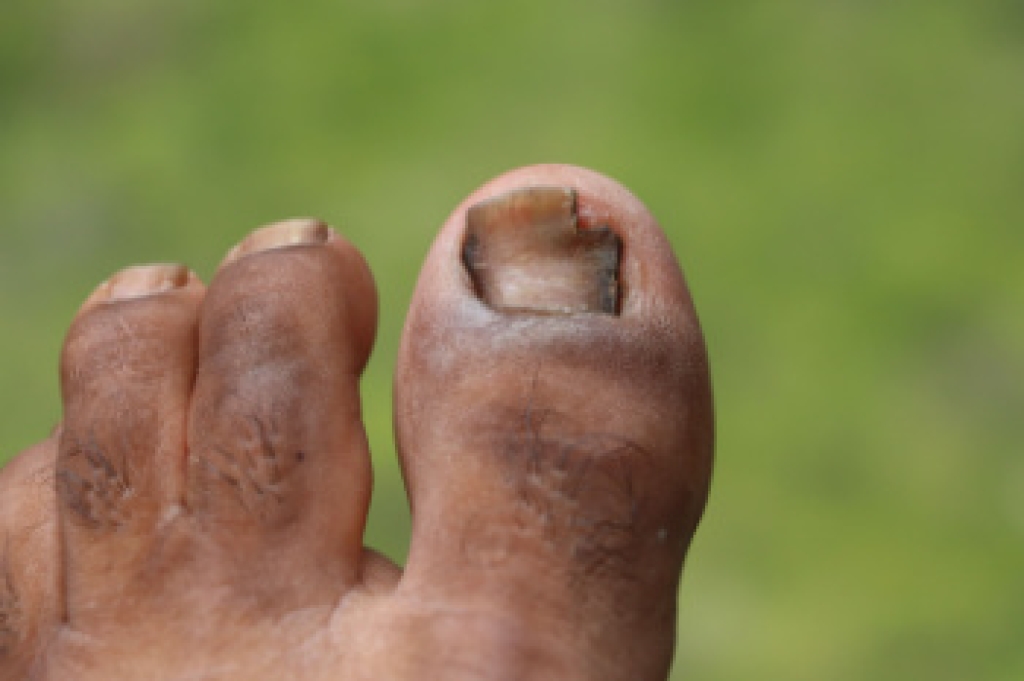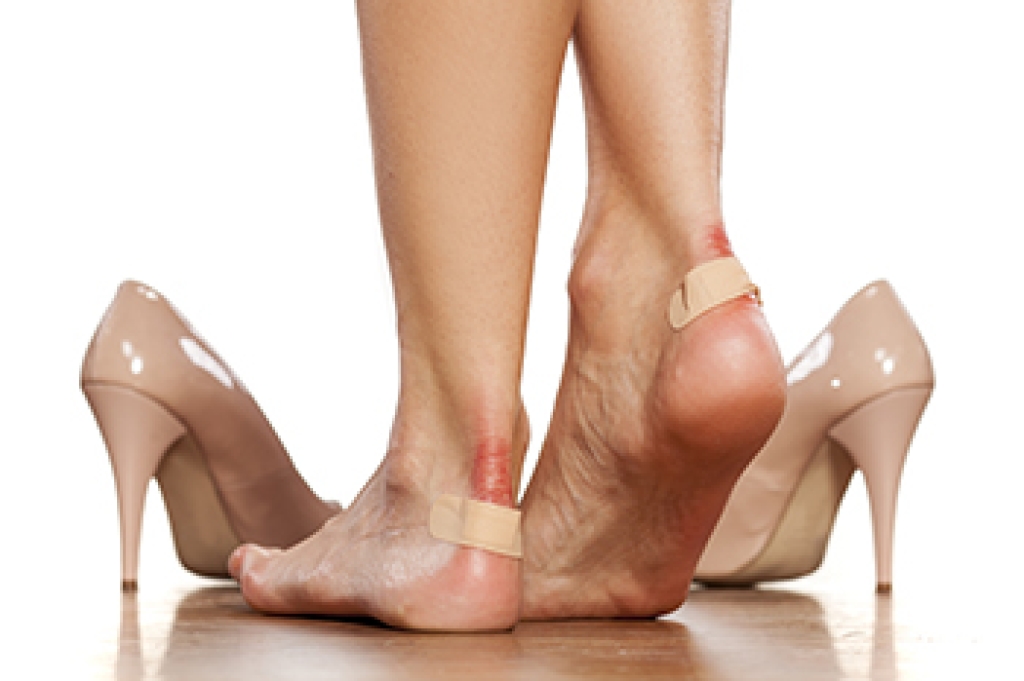 A common form of foot surgery is performed on the toes. It can be done to improve a toe deformity, remove joint pain originating from the toes, or to repair a broken toe. The surgery technique may involve lengthening the tendons that may have become shorter if hammertoe has developed, or the shape of the bone may be changed to a correct position. The recovery process may consist of resting and elevating the foot to reduce existing swelling, and practicing a gentle stretching and exercise regime may accelerate the healing process and allow you to resume everyday activities. If you are interested in learning more about toe surgery, it is suggested that you consult with a podiatrist who can help you to make the correct decision for you.
A common form of foot surgery is performed on the toes. It can be done to improve a toe deformity, remove joint pain originating from the toes, or to repair a broken toe. The surgery technique may involve lengthening the tendons that may have become shorter if hammertoe has developed, or the shape of the bone may be changed to a correct position. The recovery process may consist of resting and elevating the foot to reduce existing swelling, and practicing a gentle stretching and exercise regime may accelerate the healing process and allow you to resume everyday activities. If you are interested in learning more about toe surgery, it is suggested that you consult with a podiatrist who can help you to make the correct decision for you.
Foot surgery is sometimes necessary to treat a foot ailment. To learn more, contact Edward Fryman, DPM, FACFAOM of Seaford Foot Care Center. Our doctor will assist you with all of your foot and ankle needs.
When Is Surgery Necessary?
Foot and ankle surgery is generally reserved for cases in which less invasive, conservative procedures have failed to alleviate the problem. Some of the cases in which surgery may be necessary include:
- Removing foot deformities like bunions and bone spurs
- Severe arthritis that has caused bone issues
- Cosmetic reconstruction
What Types of Surgery Are There?
The type of surgery you receive will depend on the nature of the problem you have. Some of the possible surgeries include:
- Bunionectomy for painful bunions
- Surgical fusion for realignment of bones
- Neuropathy decompression surgery to treat nerve damage
Benefits of Surgery
Although surgery is usually a last resort, it can provide more complete pain relief compared to non-surgical methods and may allow you to finally resume full activity.
Surgical techniques have also become increasingly sophisticated. Techniques like endoscopic surgery allow for smaller incisions and faster recovery times.
If you have any questions, please feel free to contact our office located in Seaford, and Bethpage, NY . We offer the newest diagnostic and treatment technologies for all your foot care needs.




